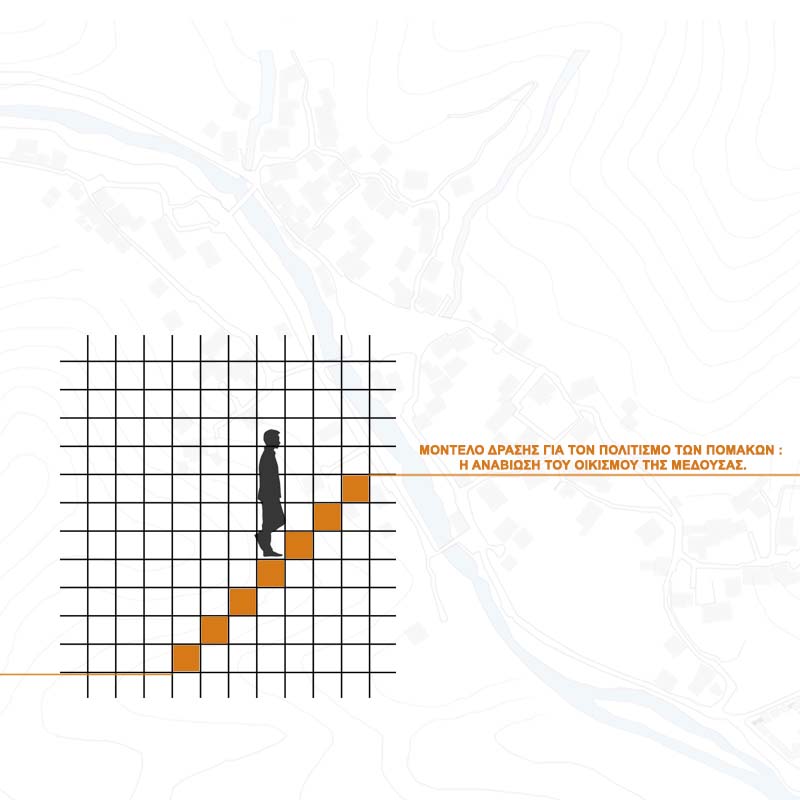

In the context of my research project, in which I studied the intense humanitarian crisis and the built environment in Pomak villages, I was led to a diploma thesis that will focus on designing an intervention in this space.
Through my personal visits and conversations, I mainly focused on the mountainous villages of Pomak villages, which are facing complete abandonment. One of these villages that caught my attention is Medusa. It is a mountainous settlement near the Greek-Bulgarian border, 48.8 kilometers from Xanthi. The passing of time, due to the continuous settlement of the population in central villages and later on in nearby cities, played a significant factor in the complete abandonment of public and private buildings.
The goal of this diploma thesis is to create a model of action for the Pomak culture, with Medusa settlement as its axis. The model of action to be created will have a specially designed workshop at its center for learning the local cuisine, which is a particularly unique and interesting aspect of the place. The platform's operation will be achieved through the interaction of the village residents and groups (including individuals of different ages such as students or university groups, clubs, etc.) who will visit the program. Additionally, this a model of action will be surrounded by a recreation center, café-restaurant, office space, and the integration of a medical center that is currently missing in the village. To complete the program, it is proposed to build a guesthouse so that groups of 1 to 20 people can stay, avoiding the difficulties of transportation while at the same time enhancing interaction with permanent residents.
Supervisor: Kotionis Zissis
Reference Number: 1075
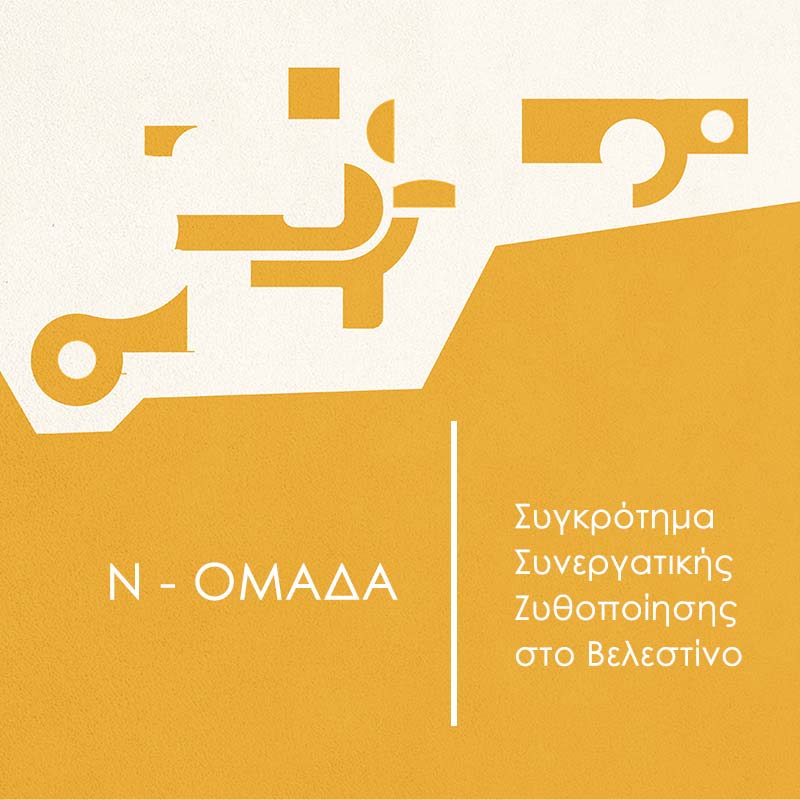

This thesis concerns the reuse of the complex of the water mill Pantos north of the city of Velestino. The redevelopment involves the preservation and maintenance of the existing shell of the main buildings, their integration with a new roof volume and the creation of some new buildings to meet the needs of the new use. The aim is to create a hub for cooperative brewing in Greece and to restore an industrial building of historic importance for the area.
Supervisor: Manolidis Kostas
Reference Number: 1082
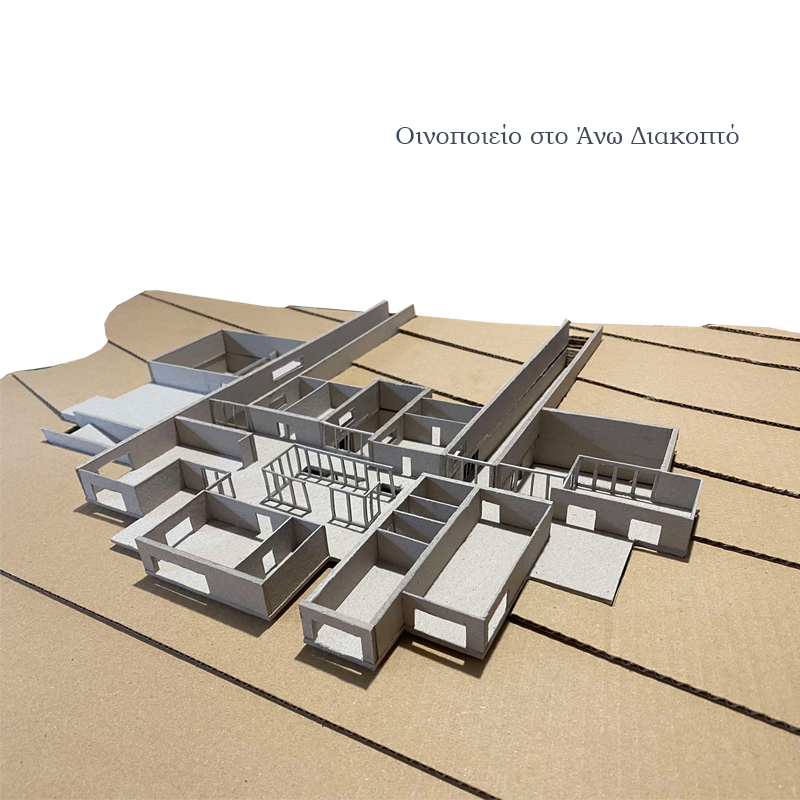

This thesis is about the creation of a winery in an area with vineyards in Ano Diakopto, in the mountainous region of Aegialeia. The study area is located at an altitude of 800 m, at 15 km of the Diakopto - Kalavryta country road.The vineyard ecosystem of a total area of 11,000 hectares extends on the slopes of Aegilia at an altitude of 300 to 1,100 meters in a northeast direction and is protected from the high summer temperatures by the mountains of the region and the cool air from the Gulf of Corinth. This combination makes Aigialeia a particularly privileged wine-growing region, with some of the most beautiful vineyards in the country, producing high quality wines certified as Protected Designation of Origin (PDO) and Geographical Indication (PGI).
On a piece of land on the slopes of Ano Diakoptan next to the Vouraikos Gorge, I have chosen to design a winery based on the potential of the visitability. A building that combines education and enjoyment was the inspiration for the design of this winery, giving visitors the opportunity to see the wine making process up close in the place where the wine is produced and to taste the varieties that the region produces. The winery consists of wine production areas, areas dedicated to the public, educational areas and the areas for administrative staff and employees.
Supervisor: Gavrilou Evelyn
Reference Number: 1086
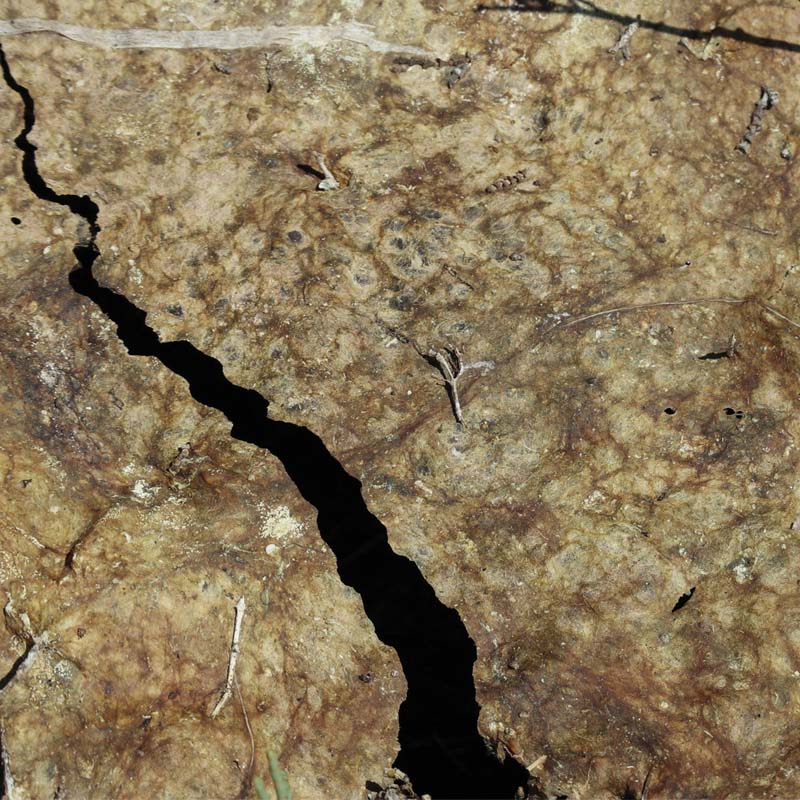

The reading of a site through its ground, the mud.
The mud as a matter that offends, that is ignoble and unworthy. With its only purpose to downgrade. A carrier of degradation. [Bataille, l’ informe]. It blemishes the form. It reduces it. It distracts meaning and significance. The mud is connected to the dirt and the filth. According to our approach, mud is a carrier of the condition of intermediate, a condition that defines the selected site. The literality of the mud, the alteration between a liquid and a solid state, leads us to a constant vacillation and ambivalence of the meaning of the site. Mud make its variability apparent. The flow in it, as well. It demonstrates its instability. The site is blurred and confused. Since we are referring to a marshy area, the site presents a muddy condition to both its form and meaning. The chosen area is a complex of lagoons, that is located between the island of Lefkas and the mainland. So the mud is its literal soil. Theliteral site.
Mud as the non-clear and the non-defined. It slips away determination, and classification as well. The matter out of place. [Douglas]. The threatening unclear. And it is this threatening that concerns us. Mud is now acquiring a body, and as a being, it is shaped facing the human. So that he is confronting it. The sticky condition of the mud, attaches to the human’s skin and violates the boundary between them. [Sartre] The body of the mud leads us to its own skin. A skin that is wounded, decayed and almost dead.
The body of the mud, of the site, of the city and the human’ s body.
The thesis is about an investigation, in relation with a site, which is constantly present as a reference. An investigation of matter, materiality, form, of the specific site and of the site as a concept. An ongoing procedure, an open reading that attempts to offer an opening to the site itself, to re-construct and re-compose it. Methods and practices, fragments of the procedure, and mainly fragments of the specific site are transferred inside a defined room. [Smithson]
Supervisor: Giannisi Phoebe
Reference Number: 1080
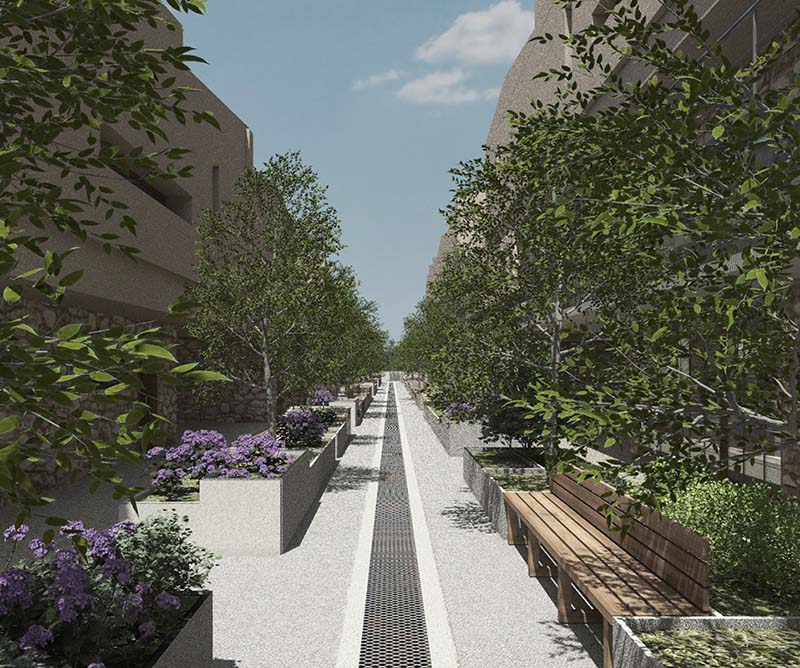

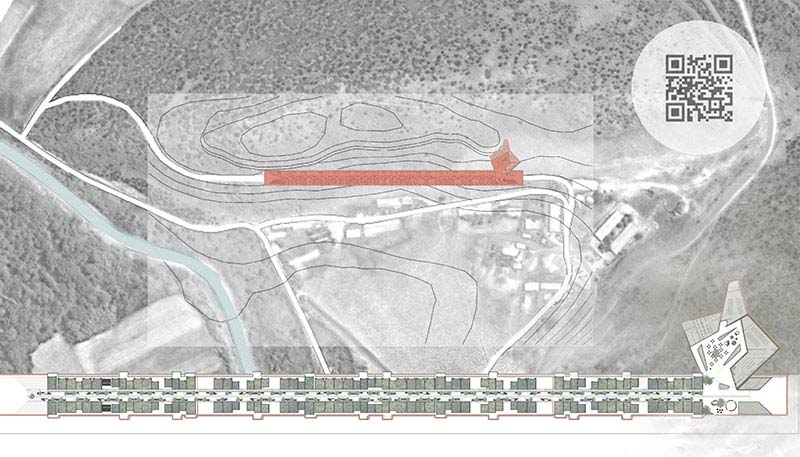

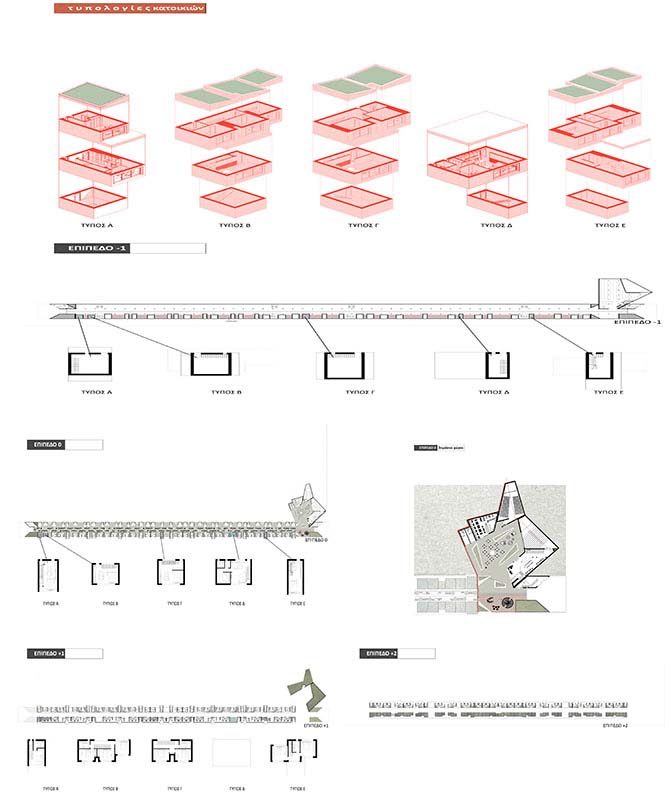



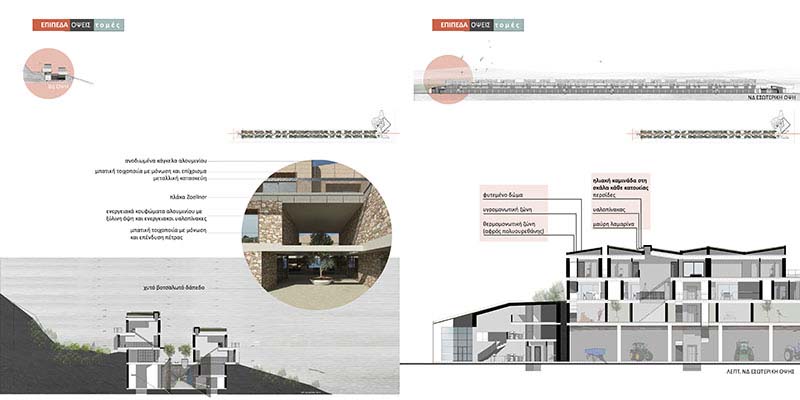

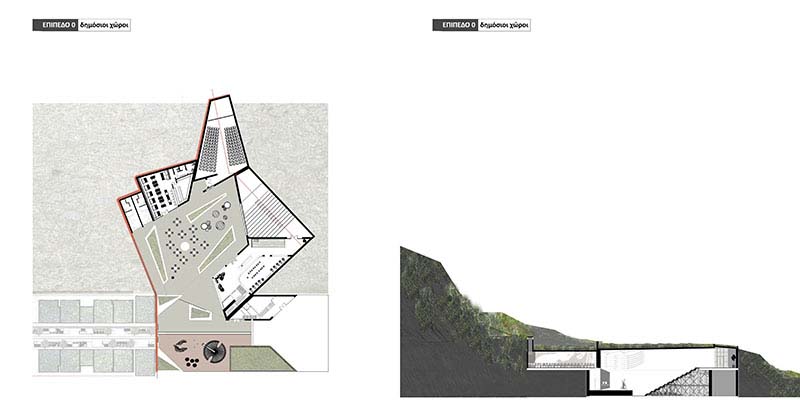

In 2023, the Thessaly region was devastated by the catastrophic storm "Daniel," leaving many areas in a state of emergency. The widespread destruction of infrastructure, including transport networks, embankments, and canals, along with the lack of water, energy, and basic necessities, severely disrupted the normal lives of residents. Entire villages and numerous agricultural, livestock, and processing businesses were obliterated.
Keramidi, a village in the municipality of Farkadona, was among the hardest hit. Most of its residents have yet to return as their homes remain uninhabitable. They are currently being sheltered in neighboring villages and the refugee hospitality structure in Koutsochero, near the city of Larissa. The complete destruction has driven many young people to seek employment abroad.
This work focuses on the systematic political and technical investigation and the design of a proposal for relocation and reconstruction in a safe location, aiming to create a new environmentally secure community. A key political-technical aspect of the new community will be sustainable self-management, engagement in the primary production sector, and comprehensive processing of natural raw materials (agriculture-livestock). Moreover, the proposal includes new functions alongside traditional roles in administration, religion, and collective relations, such as a research and education center on environmental and sustainability issues, support units for education, hospitality, and communal living.
The proposed special plan is a continuously evolving project, providing opportunities for political and architectural contemplation, and allowing for additional co-formulations of its program. It is envisioned as a starting point for discussions on revitalizing the Thessaly region, fostering the creation of active social hubs in areas that have lost such vital community structures.
Supervisor: Stylidis Iordanis
Reference Number: 1061
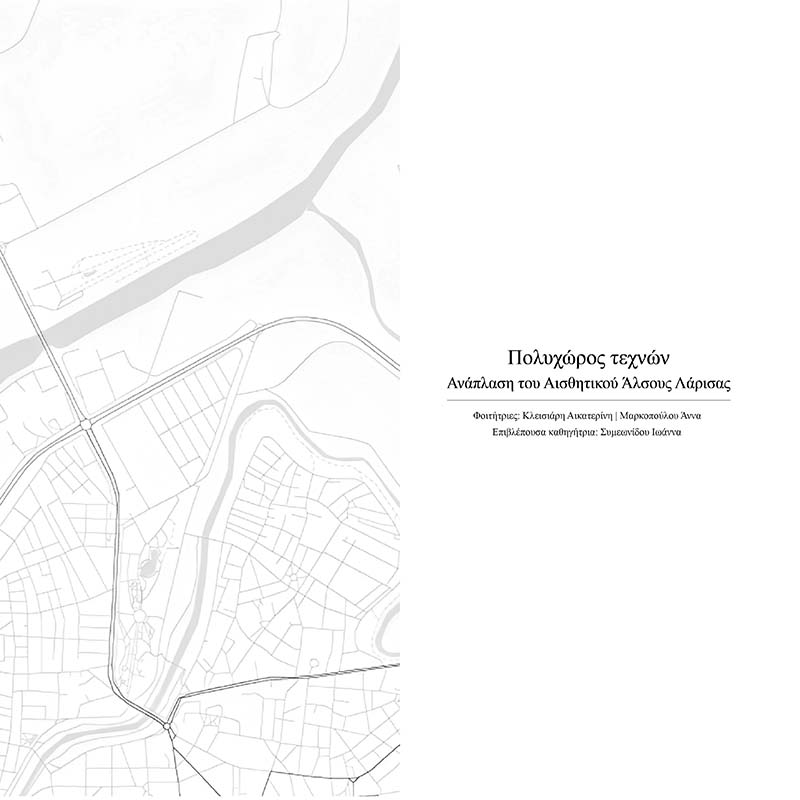





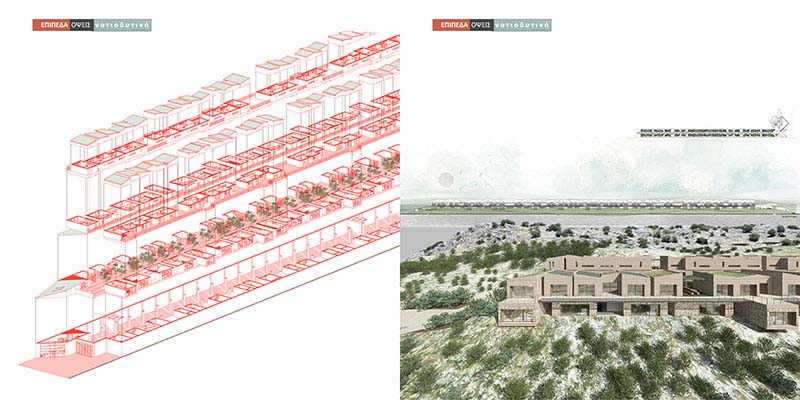





This thesis is a proposal for the redevelopment of the Aesthetic Park of Larissa. Our aim is to redesign the Aesthetic Park, for it to become a lively space of culture, combining the natural landscape and cultural activities of the city. The designing process focused especially on retaining the existing vegetation, in order to maintain its role as a vital green space for the city of Larissa and not to disturb the area’s ecosystem. Thus, it is redesigned in a manner that it serves as a green space with substantial vegetation and enhances the city’s cultural life. In this area, visitors will be able to relax and enjoy nature, as well as to participate in outdoor activities. The redevelopment proposal includes the design of soccer, volleyball and basketball fields, along with a pump track, an outdoor training area and a playground. Furthermore, an outdoor exhibition space, an outdoor café, relaxing spaces plus an outdoor stage for plays (theatre) and concerts are suggested. Moreover, plans for the design of a multi-purpose art venue for festivals and other cultural events are incorporated in the redevelopment proposal. After surveying the area and conducting research regarding cultural events that the city of Larissa hosts, all spatial necessities for the multi-purpose art venue were listed. Hence, the art venue will include an auditorium, projection and workshop halls, an exhibition space and a café. Finally, the redevelopment proposal aims to reinvigorate the Aesthetic Park of Larissa and constitute an accessible space for all citizens.
Supervisor: Symeonidou Ioanna
Reference Number: 1062


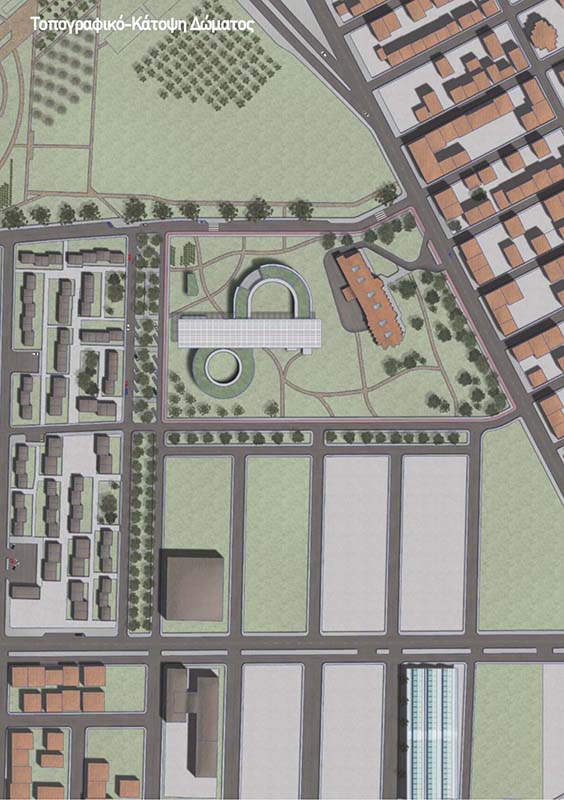

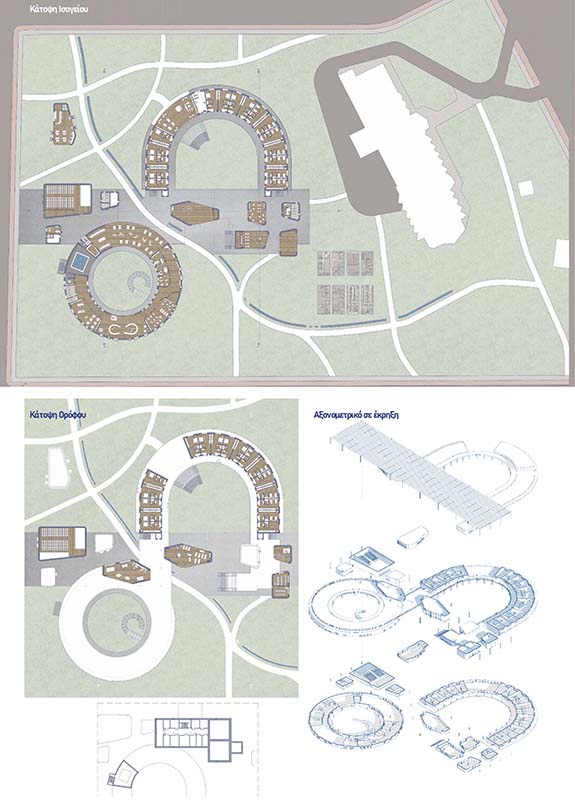

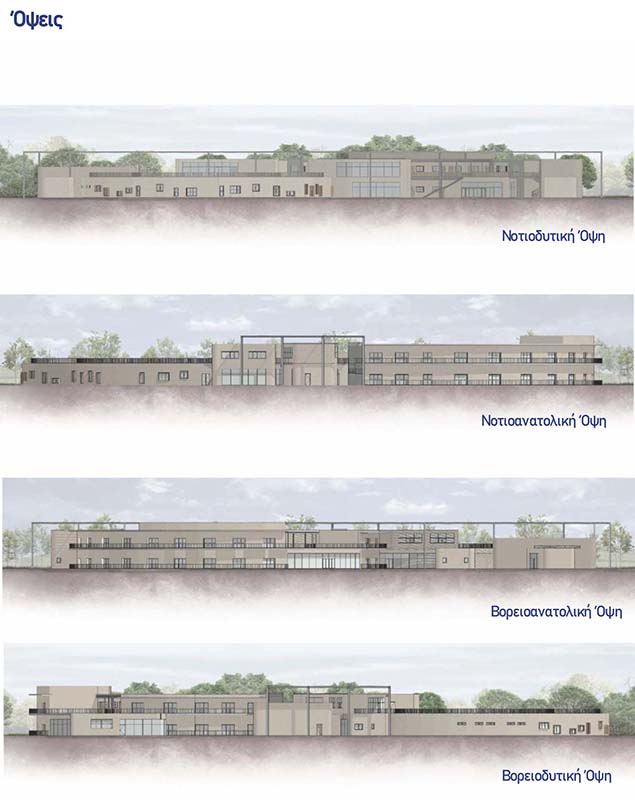

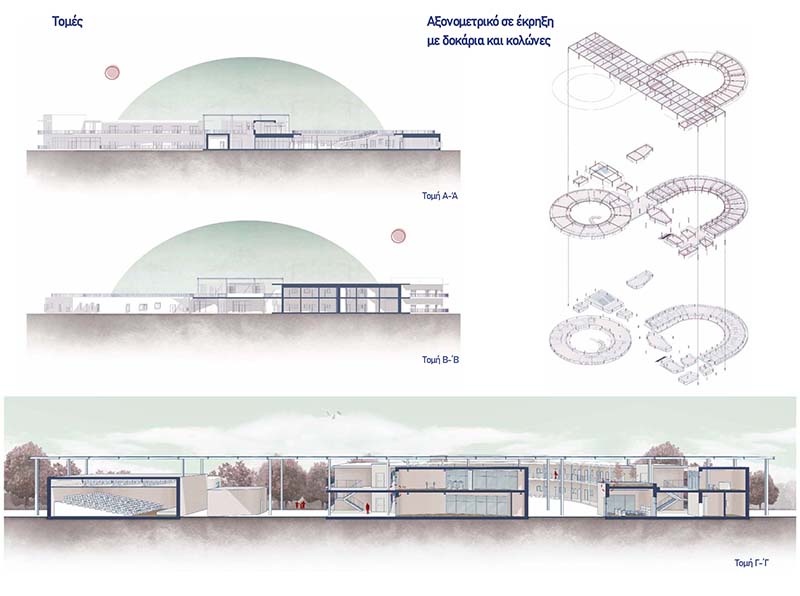

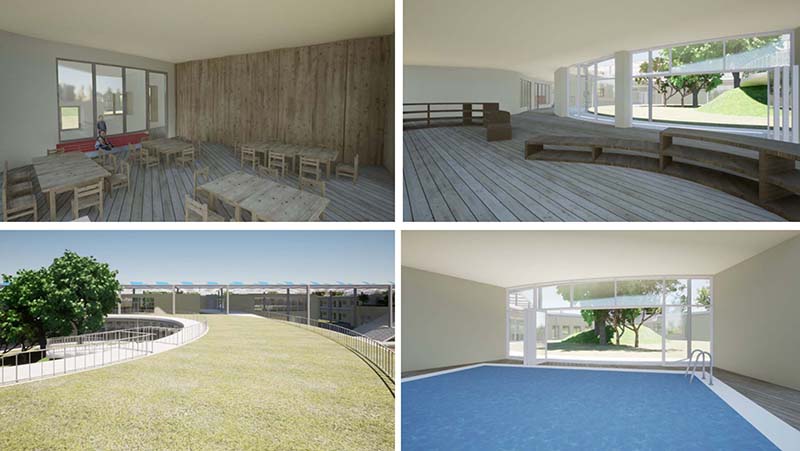

The thesis concerns the creation of a model center of care, coexistence and intergenerational learning that brings together two age groups: infants from 2 to 6 years and elderly people from 65 years and above, who are self sufficient. The work captures the general features, the building program and the design of indoor and outdoor spaces of the center with mainly seeking radically revising the established standards, typologies, and architectures of care spaces such as "kindengarden" and "nursery home". The proposed hybrid care and coexistence center offers accommodation options for the elderly, kindergarten educational facilities, daily employment for both age groups, the possibility of socialisation separately for each age group as well as learning and creative employment activities between the two age groups. The activities are developed in properly designed indoor spaces but also in outdoor covered or outdoor spaces, which will also include spaces for crops. Our architectural proposal is also studied in terms of energy, with material selection, bioclimatic design and the use of appropriate systems, ensuring buildings with low energy consumption. At the same time, the subject of urban agriculture it is brought to the forefront to a provincial place and within the urban set, creating a relatively autonomous community. Through the combination of innovative design approaches, our thesis attempts to propose alternative models of care spaces while also creating experimental architectures that take care of the occupants, the neighborhood and the environment.
Supervisors: Tsangrassoulis Aris, Phokaides Petros
Reference Number: 1065

